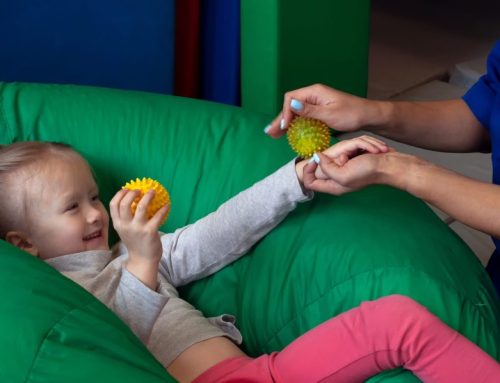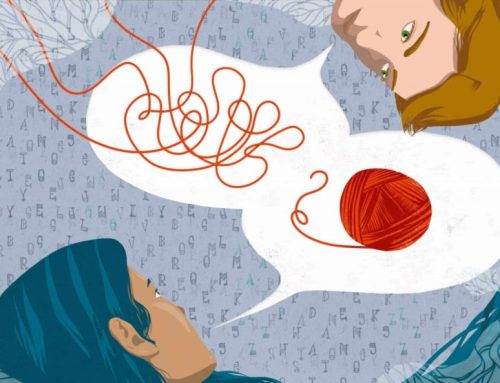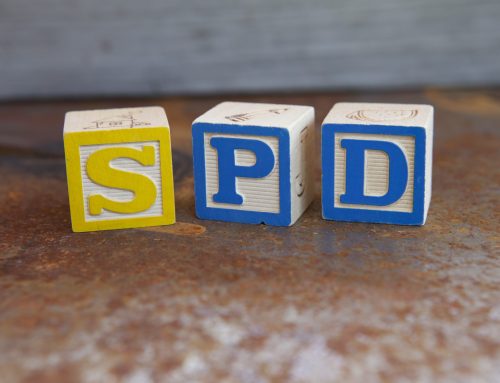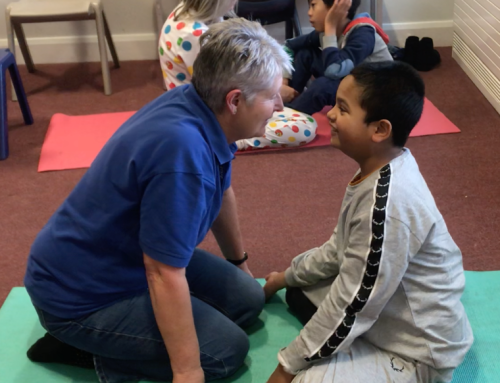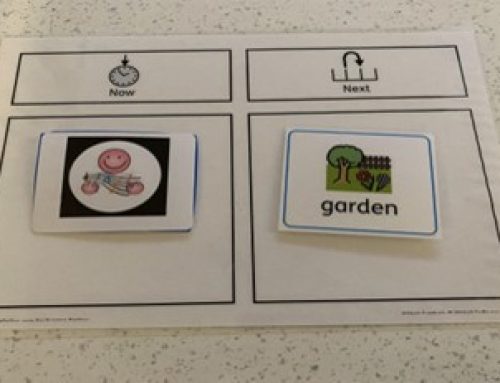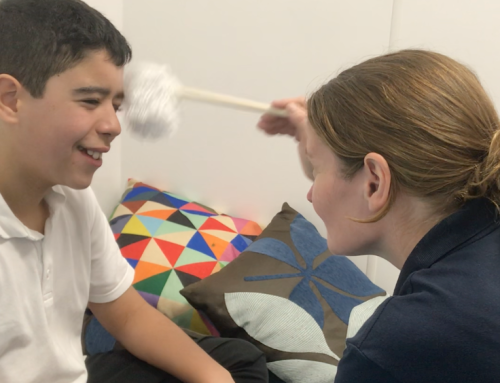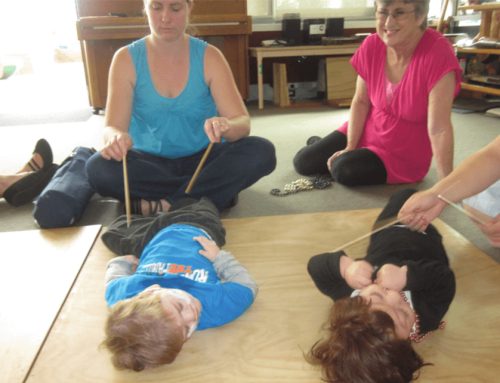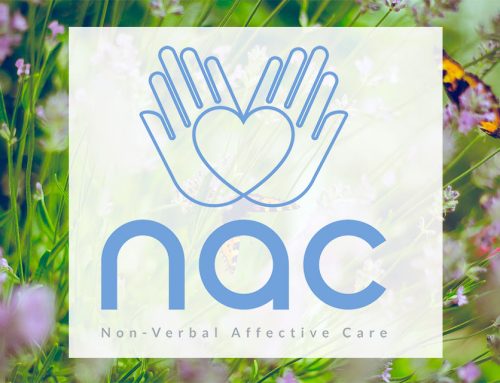What is sensory self-regulation?
In this post we will discuss sensory self-regulation: what it is, what ‘successful’ self-regulation looks like and what happens when self-regulation breaks down and why.
What we mean by sensory self-regulation
“Self-regulation is a person’s ability to adjust and control their energy level, emotions, behaviours and attention. Appropriate self regulation suggests that this adjustment and control is conducted in ways that are socially acceptable” (cr: Kid Sense website: https://childdevelopment.com.au/areas-of-concern/sensory-processing/self-regulation/).
How to tell when self-regulation is working well
When we have typical sensory self-regulation, we are able to control our emotions, and increase our alertness and focus to complete the task with which we are involved. If we feel wired up because we’ve had too much coffee, we know we need to drink less caffeine. If we are exhausted for whatever reason, we know we need to take it easy. We also know ourselves to be affected by different situations, people, demands of work or home life.
We can usually predict our needs according to the situation we find ourselves in. To a large extent, we can maintain our emotional equilibrium. We automatically self-regulate our bodies and minds according to the need at the time.
How to tell when self-regulation is not working
How many times have you been anxious because you were in unfamiliar surroundings, or had to do something which took you out of your comfort zone? That might be as a simple as following a new recipe, assembling flatpack furniture, finding your way in a new town, or communicating something important to someone you don’t know or who doesn’t understand your language. When we move from what we know well to what we don’t know well, our anxiety can dominate our planning, our performance and our priorities. We get confused, uncomfortable, unable to do what we wanted to do. We feel unsafe. In short, we become dysregulated.
If we have poor sensory self-regulation, or dysregulation, we can be triggered into an out-of-control state where we are not in control physically or emotionally. We feel overwhelmed and overloaded. This may lead to unexpected physical and emotional expressions of anxiety which themselves then become the source of upset and anxiety, or perhaps even danger. We go on an internal roller-coaster of states of sensory arousal which we cannot bring under control.
There are many triggers for these upsetting episodes. They can range from the Receiver not understanding an instruction, to the context of their situation, to there being a strange smell or sound disrupting focus, trust, motivation or concentration; or to simply being too hot, tired or hungry.
This is a state of dysregulation which a lot of our Receivers live with. They don’t yet have the skills which help them recognise their discomfort. But they can learn, and so can we.
Learn more about how TACPAC can help with self-regulation
In the next post, you can read about how TACPAC can help with sensory self-regulation.
Find out more on a TACPAC training
If you want to find out more about how TACPAC can benefit those with sensory processing difficulties, sign up to one of our Essential trainings, which are either online or face-to-face: https://tacpac.co.uk/tacpac-online-training/.
Read more about sensory self-regulation!
You can find out more on the Kid Sense website
Share your story!
Do you have experience of how to maintain sensory self-regulation? Do you use TACPAC for moments of calm? We’d love to hear from you!
Email us to share your stories, photos and videos: info@tacpac.co.uk.







